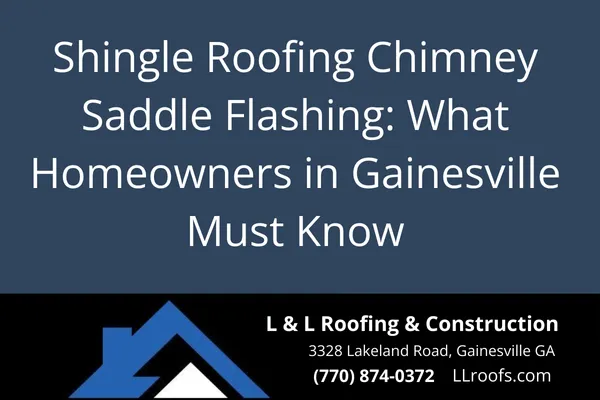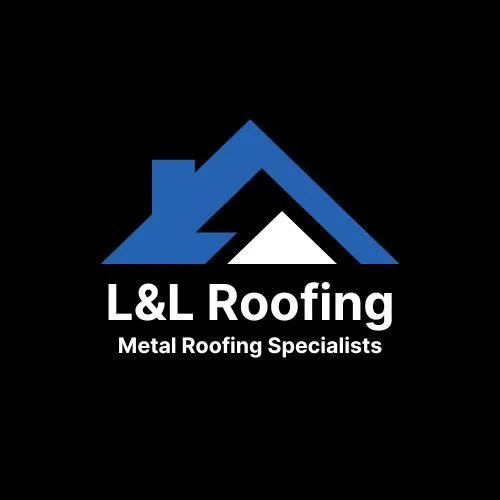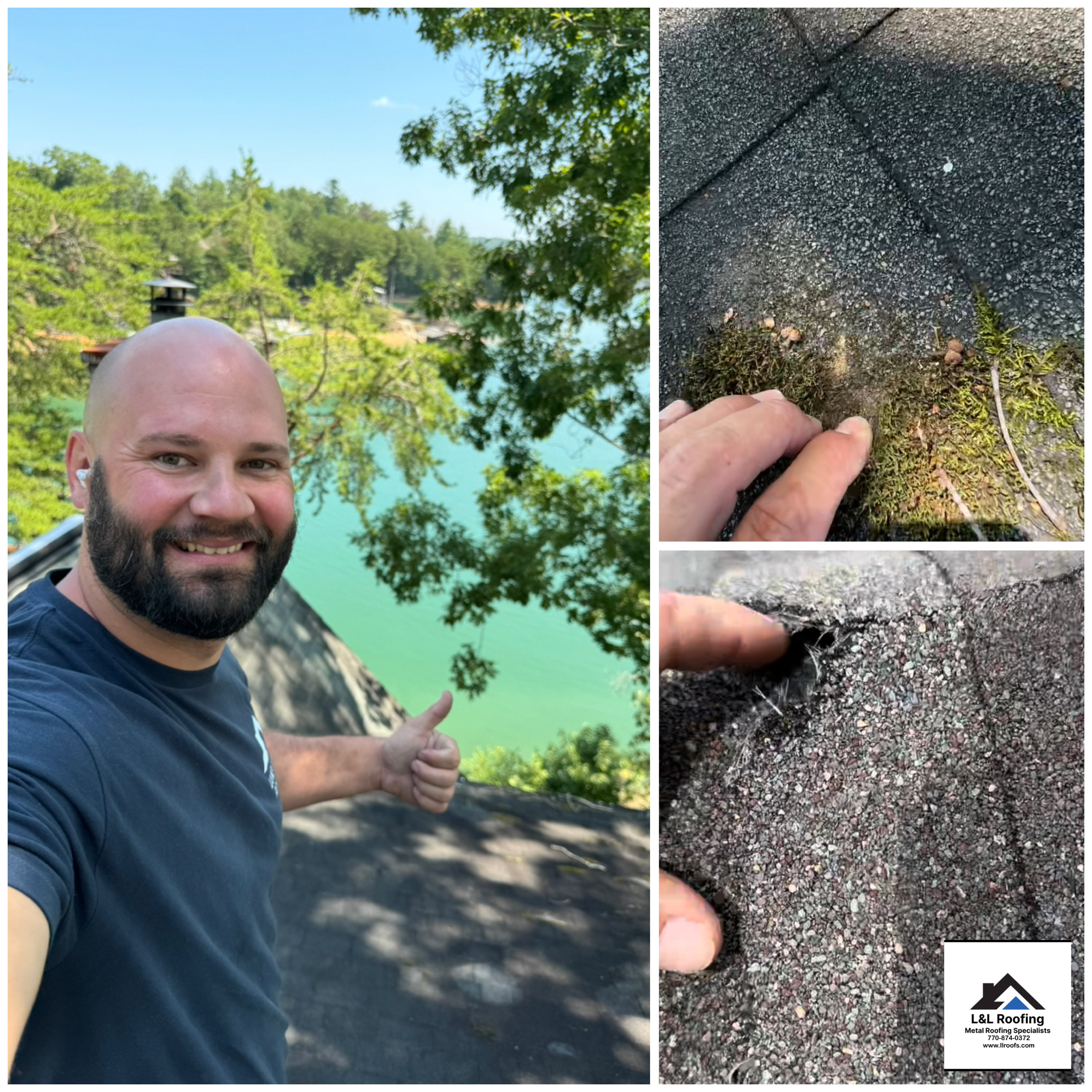
Shingle Roofing Chimney Saddle Flashing: What Homeowners in Gainesville Must Know
Shingle Roofing Chimney Saddle Flashing: What Homeowners in Gainesville Must Know
When it comes to protecting your home from leaks, one of the most overlooked areas is the chimney saddle flashing—also called a chimney cricket. If you have a shingle roof in Gainesville or nearby areas like Dawsonville, Cumming, or Flowery Branch, this detail matters more than you think.
What Is Chimney Saddle Flashing?
A chimney saddle is a small, peaked structure built on the uphill side of a chimney, designed to divert water around it. It’s usually made of galvanized steel, aluminum, or copper and integrates into the roof’s shingle system with step flashing and counterflashing.
Without one? Water can pond behind the chimney. And water sitting behind a chimney is a recipe for:
Leaks inside your attic or walls
Rotting roof decking
Damaged drywall and insulation
Mold and mildew issues
Not fun. And not cheap to fix.
When Is a Chimney Saddle Required?
Per standard roofing practices and guidance from the National Roofing Contractors Association (NRCA) and 2021 IRC code, any chimney over 30 inches wide that’s located on a sloped roof must have a saddle or cricket.
But even for smaller chimneys, it’s often wise to install one—especially in areas with heavy rainfall like Hall County.
How We Flash Chimney Saddles at L&L Roofing
Here’s how we do it at L&L Roofing & Construction:
Framing the Cricket:
We frame a ridge structure uphill of the chimney to match your roof’s slope. This helps divert water cleanly.Ice & Water Barrier:
We install high-temp membrane over the saddle and surrounding area for maximum leak protection.Step Flashing:
Galvanized or copper step flashing is woven in with each shingle course along the chimney’s sides.Counterflashing:
We grind a reglet (groove) into your chimney mortar joints and install counterflashing that sheds water over the step flashing.Sealant & Inspection:
We finish with a high-grade sealant and inspect for proper pitch and drainage.
We don’t cut corners. If your home has a chimney, it deserves to be flashed correctly the first time. It’s about honesty, integrity, and long-term protection.
Signs You Might Have a Flashing Problem
Call us if you notice:
Water stains around your chimney or attic ceiling
Crumbling mortar joints or rust on flashing
Moss or debris buildup behind the chimney
Shingle curling or dark spots nearby
Even small leaks can lead to major damage. And the sooner you catch them, the cheaper the fix.
Why Homeowners Trust L&L Roofing
Whether you're in Gainesville, Dahlonega, or Buford, here’s what you get with us:
Faith-Driven Service: We lead with values.
Local Expertise: We know the weather, codes, and common issues in North Georgia.
Quality Craftsmanship: We flash chimneys right—not just to pass inspection, but to stand up to storms.
FAQs
Do all chimneys need a saddle or cricket?
No, only chimneys wider than 30 inches require them by code. But even smaller chimneys benefit from added protection.
How long does chimney flashing last?
With proper installation and materials, flashing can last 20–30 years. But poor workmanship or storm damage can cut that short.
Can I repair chimney flashing myself?
We don’t recommend it. Proper flashing involves masonry cuts, step flashing integration, and water barrier layering. It’s a job for pros.
What does it cost to install or replace chimney saddle flashing?
Costs vary based on size and materials, but most saddle flashing installs in Gainesville range between $500–$1,500. We offer honest estimates, not upsells.
Need us to take a look at your chimney?
📞 Call L&L Roofing & Construction at (770) 874-0372 or visit our website to schedule your inspection.
We’ll tell you the truth. And we’ll do the right thing—even if it means less profit.

